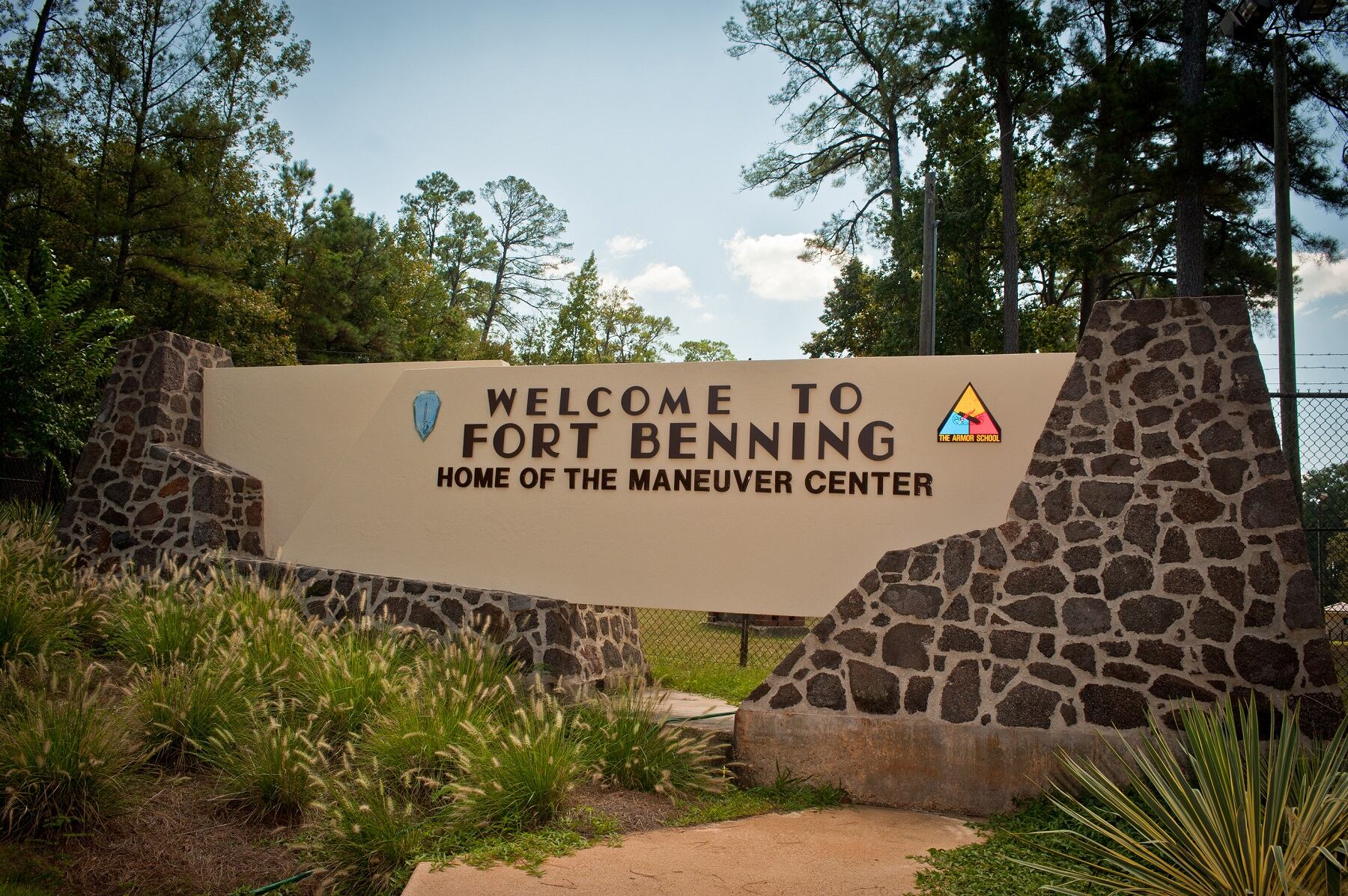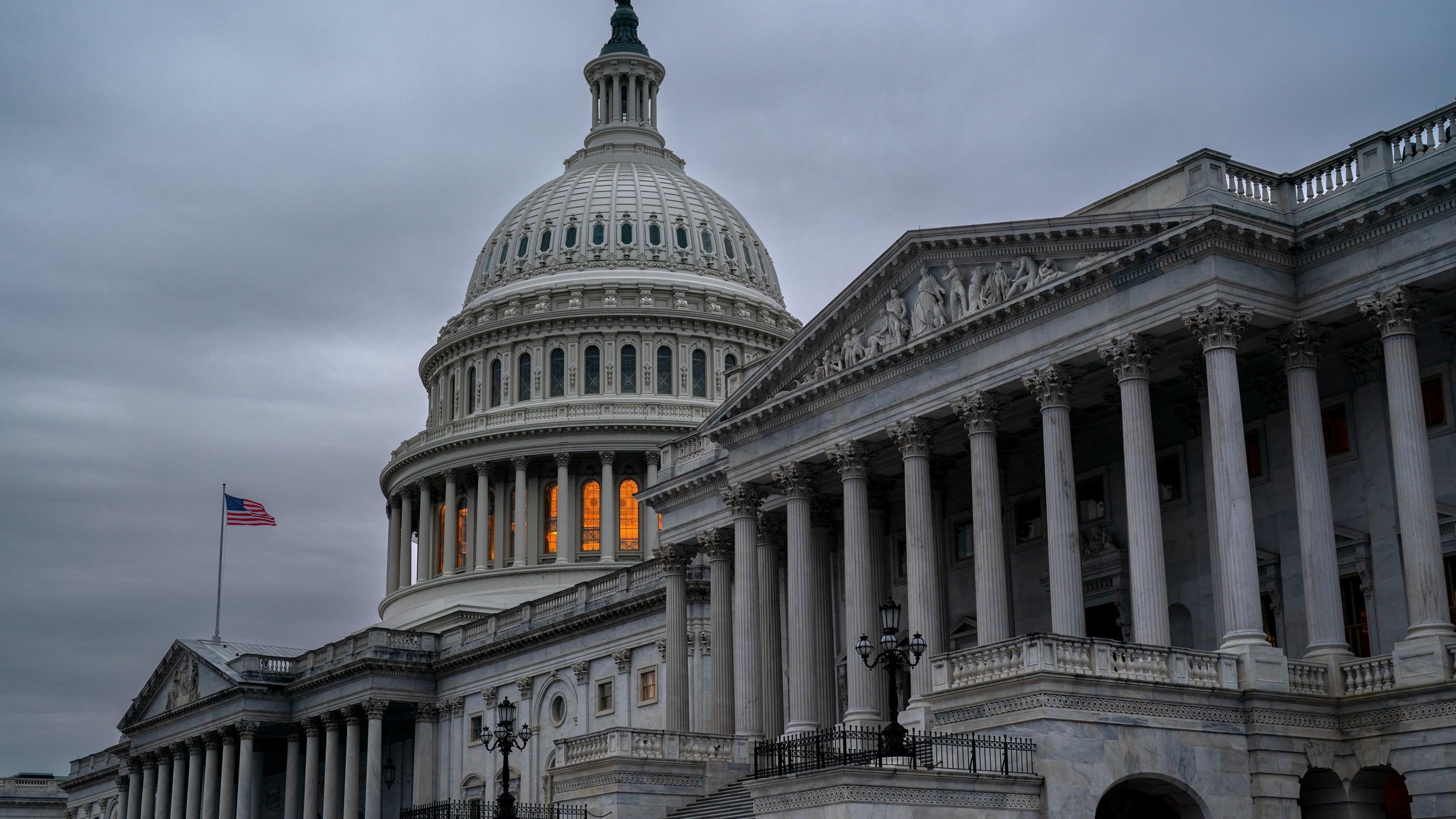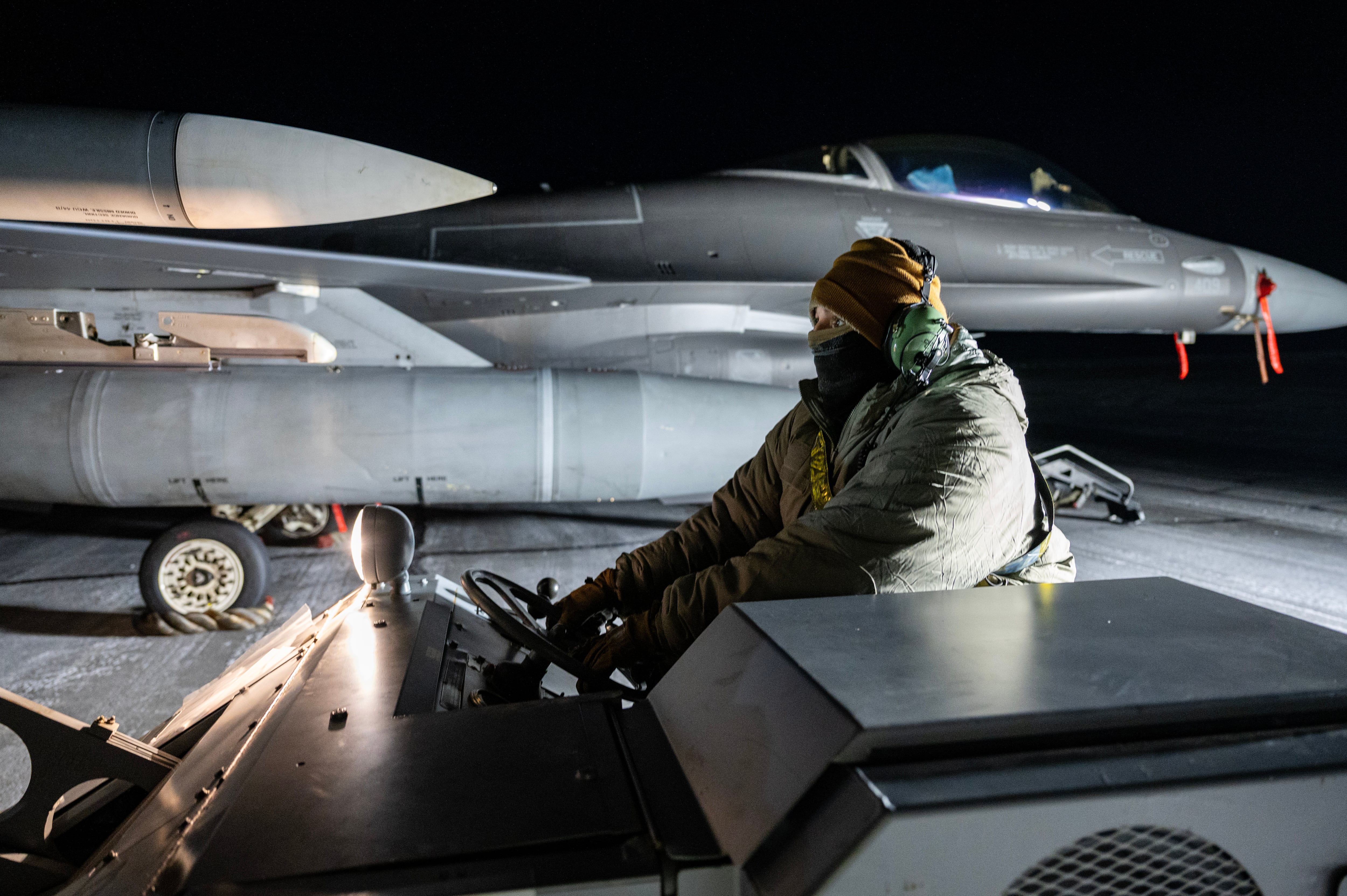A congressionally mandated group tasked with making a list of Defense Department “items” named in honor of the Confederacy and suggesting new names, held some town halls over the summer, soliciting feedback from communities about changing the names of the eight Army posts and buildings at one Navy base they’ve so far visited.
The Naming Commission plans to visit Fort Pickett, Virginia, and Fort Polk, Louisiana, by the end of November, according to retired Adm. Michelle Howard, who heads up the commission, before finalizing a list of posts, ships, streets, etc. to change.
“Yes, I would say there are those who took the opportunity to vent a little to the commission and made it clear,” Howard said, according to a transcript of a Thursday media roundtable, in response to question about the mood in the sessions, later adding, ”I will say that some of those suggestions on the website are quite intense.”
The commission launched a crowdsourcing site in September to take renaming suggestions, of which they’ve received about 27,000, she said, roughly 5,000 of which have had multiple submissions.
“So, there are some folks who are distinctly opposed, and the verbiage they use is quite deliberate,” she said. “And they ― they make it clear they do not support the commission.”
The commission briefed the House and Senate Armed Services on their progress Thursday, along with an early cost estimate for the expenses associated with name changes, including new signage.
“We have been collecting estimated costs. Those definitely need to be refined,” Howard said. “And we provided the initial estimated costs to the HASC and SASC today, but I’m not able to share that with you since that was information collected from DoD and then provided to Congress.”
Suggestions include Master Sgt. Roy Benavidez, a Vietnam-era Special Forces soldier who earned the Medal of Honor, widely suggested as a better namesake for what’s now Fort Hood, Texas.
Gen. William T. Sherman, a Union officer who helped negotiate the Confederate surrender, has also been floated as a possible replacement for either of two Georgia posts under consideration.
“We spent the summer meeting hundreds of military and civilian leaders and community stakeholders as at places such as Fort Hood, Texas; Fort Gordon and Fort Benning, Georgia; Fort Rucker, Alabama; Fort Bragg, North Carolina; the U.S. Naval Academy in Annapolis [Maryland]; and Fort Lee and for A.P. Hill in Virginia. We also visited Fort Belvoir in Virginia. And we realize we have to assess whether it falls within our remit to make Fort Belvoir a naming recommendation,” Howard said.
Each installation had different concerns, she said, offering A.P. Hill as an example.
“I was in one community where there’s still — still some frustration within the community, because when the base was created in World War II, the land was taken by eminent domain, and the descendants of the original landowners still feel deeply about their ties to that land, which is now underneath federal control,” she said. “And so, in that case, the community — a couple folks — suggested it would be nice to have streets named after the original family members of the community.”
The commission has until October 2022 to get a final list of items for renaming to Congress, according to the 2021 National Defense Authorization Act, and then another year after that to implement changes.
The Army’s many commemorative installations don’t follow a specific theme, so renaming those posts presents a bit of a challenge. Fort Lewis, Washington, is named for explorer Meriweather Lewis, while Fort Bragg, North Carolina, was named for a Confederate general, at a time when the Army was naming many of its southern posts to honor homegrown troops, despite their Civil War affiliations.
Howard suggested the commission might be interested in taking a more contemporary tack.
“We know that in each of these communities there are modern-day soldiers who reflect the values and courage of our military service and our nation. And they also reflect the values, the great values, of the communities,” she said. “So, I think we’re going to be able to get to folks that are reflective of the armed forces today, but also reflect the character and characteristics of the armed forces today.”
Sgt. 1st Class Alwyn Cashe, whose posthumous Medal of Honor nomination for actions in Iraq is still tied up in bureaucracy, has been floated as Fort Benning, Georgia, replacement.
“The Benning community was incredibly engaged both on post and off post, and they had a variety of different names and they mentioned, at least four different names ...,” retired Army Brig. Gen. Ty Seidule, a commission member, said Thursday. “So we got an earful there — I mean, really constructive views — on the way forward, and they gave us at least a handful of names. And then we’ve had many, many more come in from the website, as well. So there’s no shortage of amazing Americans who the commission could choose for that great post.”
Another “consistent” Benning suggestion is Fort Moore, Howard said, after retired Army Lt. Gen. Hal Moore, a Vietnam War battalion commander and author of We Were Soldiers Once .... and Young, and his wife Julia, who helped revolutionize the casualty notification process after the Battle of Ia Drang.
The commission is also looking at two Navy ships, the cruiser Chancellorsville and the oceanographic survey ship Maury. Howard said they’re not sure whether they’re going to visit those ships’ home ports for the same town hall-style event.
“... because there’s probably definitely less community involvement with this specific ship,” she said. “... I think the stakeholders for the ship are going to be the sailors, former sailors and veterans who have served on that ship as well, as Navy leadership.”
And then there will be more nuanced decisions to make. The U.S. Military Academy at West Point, New York, honors Confederate army boss Gen. Robert E. Lee, including a road and a barracks named for him.
“So when we were at West Point, there is a picture of, a photograph of, Maj. Robert E. Lee as superintendent of West Point, with the dates underneath him, and he’s in a long row of photographs and portraiture of other superintendents. There is nothing about that that says, ‘This is Lee as a Confederate general,’ " Howard said. “It’s very clear it’s just a historical reckoning of Lee as the superintendent when he was a major, and in the United States Army. We look at that and go, ‘That’s probably not within our remit.’ ”
But another item is a different story.
“We’ve seen a large portrait, created in the modern century of Gen. Lee in Confederate uniform — specifically on the nameplate, it refers to him as Gen. Lee, [Confederate States of America],” she said. “OK, that is clearly a portrait done to commemorate Robert E. Lee as a Confederate general. Maybe a better place for that portrait is in a museum, rather than in a federal building.”
Meghann Myers is the Pentagon bureau chief at Military Times. She covers operations, policy, personnel, leadership and other issues affecting service members.





